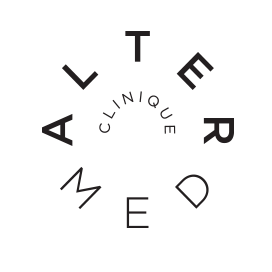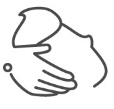Benefits of Osteopathy
Osteopathy is a manual therapy that aims to restore balance to the body using gentle manipulation, massage and mobilization techniques. It can be used to treat a variety of conditions including:
-
Lower back pain, neck pain and joint pain
-
Migraines and headaches
-
Digestive, breathing and circulation problems
-
Sleep and nervous system disorders
-
Stress and anxiety
How osteopathy works
Our team of osteopaths work with you to understand your symptoms and identify areas of tension and imbalance in your body. We use gentle manual techniques to reduce pain, improve mobility and restore your body's natural balance.
Our osteopaths are trained to treat the entire body, from head to toe, and use techniques tailored to each patient's specific needs. We work in collaboration with other health professionals to provide a holistic and integrative approach to your treatment.
Why choose Altermed
At Altermed, we pride ourselves on our integrative and personalized approach to health. We work closely with our patients to understand their needs and develop a treatment plan tailored to their specific requirements.
Our team of osteopaths is trained in the latest osteopathic techniques and practices and is committed to providing quality, caring care to all our patients. We are here to help you regain your physical and emotional balance and improve your quality of life.
Contact us today to make an appointment with one of our experienced osteopaths and find out how we can help you regain your natural well-being.



